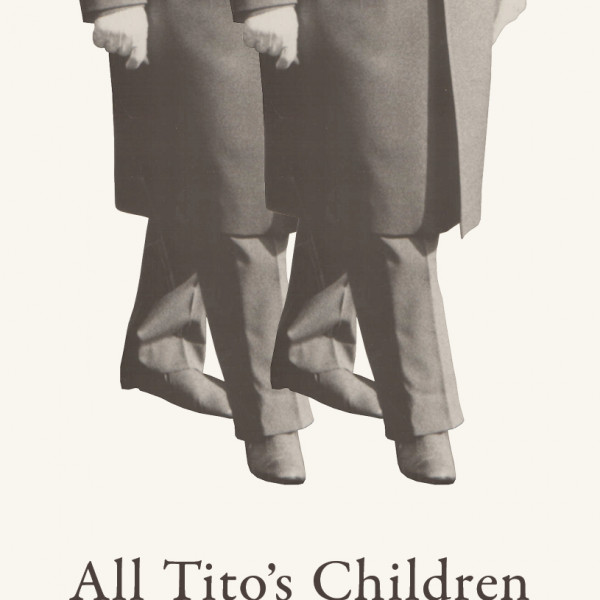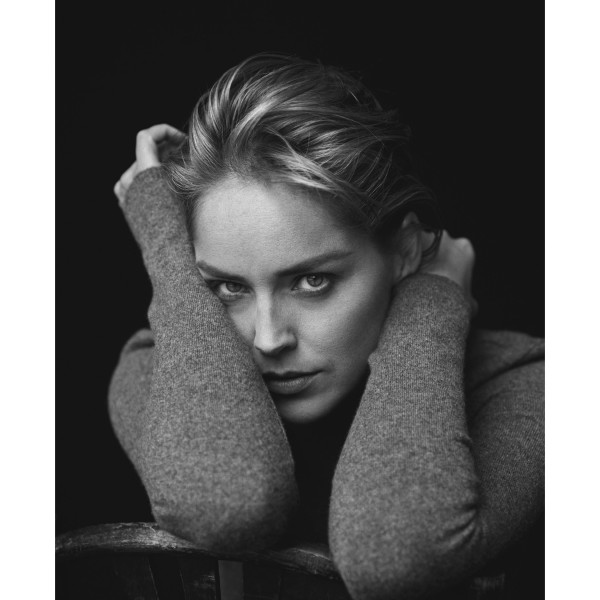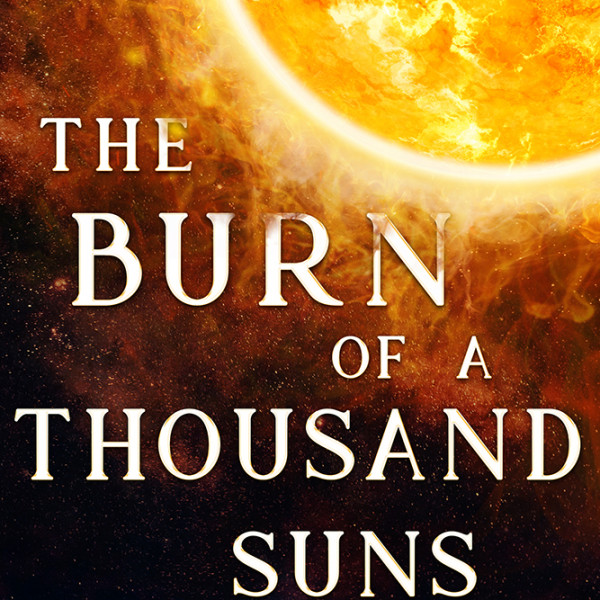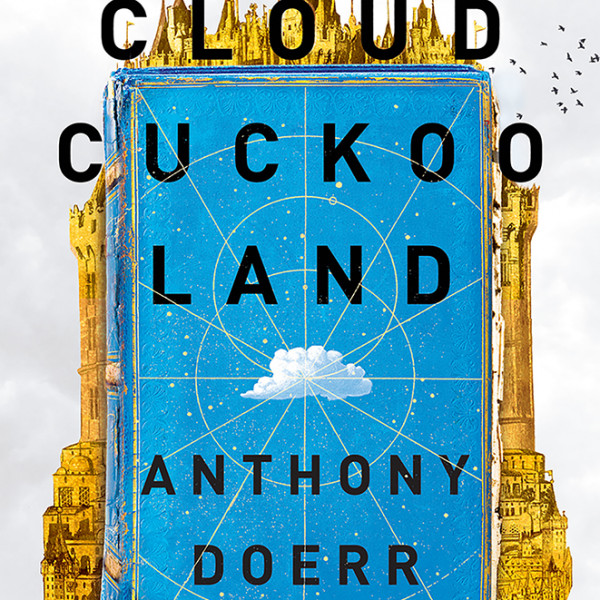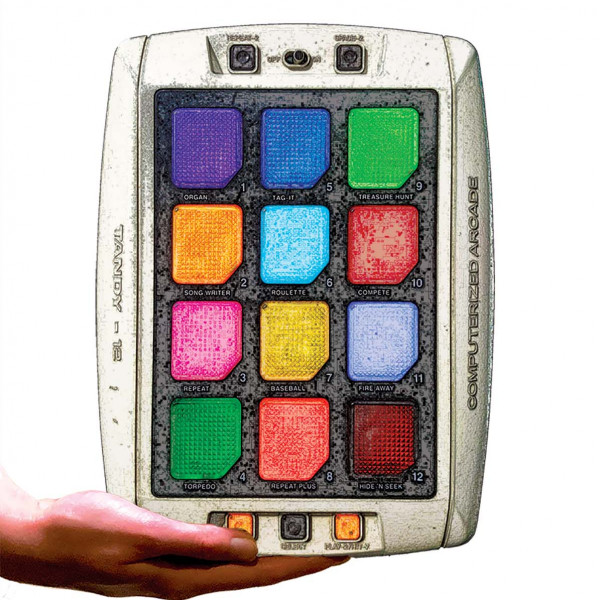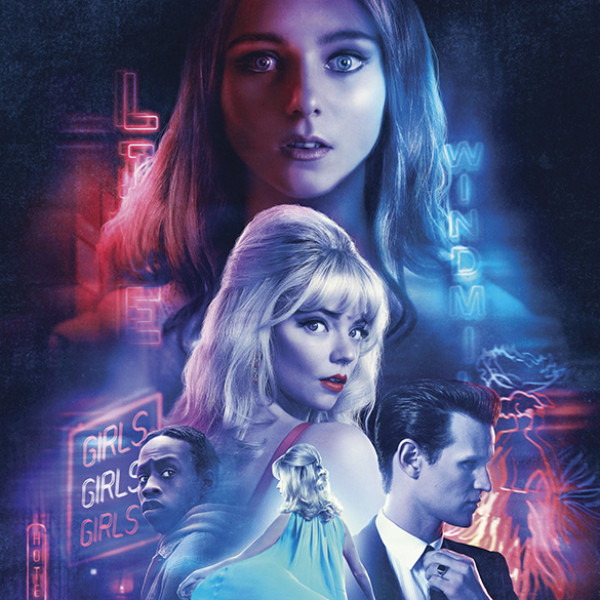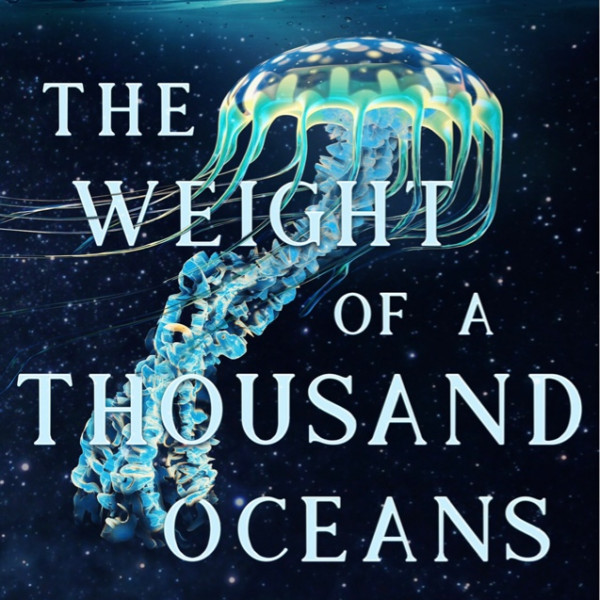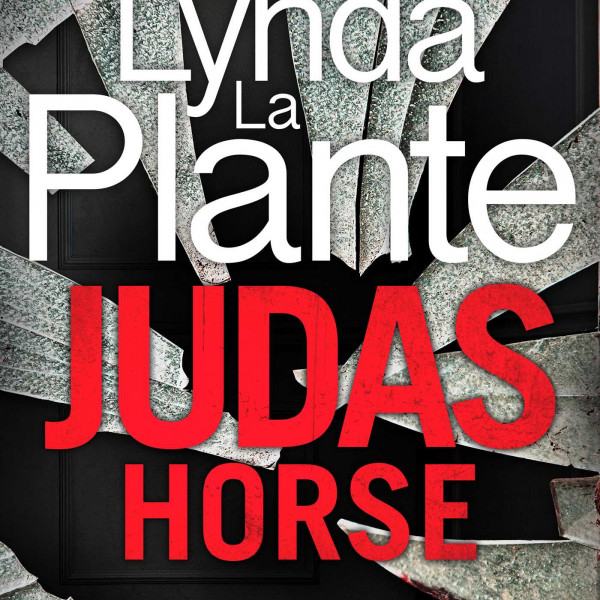
Winner Winner is a stylish, casual eatery on Courtenay Place that serves its customers ridiculously fast, but make no mistake: this is not a fast food joint. While our plates landed on our table less than 10 minutes after we ordered, the high-quality meals and wonderful service set Winner Winner apart as one of the best spots to eat in Wellington.
Knowing our eyes were too big for our stomachs, my friend and I ordered The Basic (free-range boneless chicken bites, brined for 12 hours and fried in buttermilk, served with ranch and McClure’s pickles), cheese and gravy fries, and a chicken sandwich apiece.
The Basic was crunchy on the outside and oh-so succulent on the inside. Salty, juicy, and bursting with flavour, this was easily the best fried chicken I’ve ever had. Cheese and gravy fries are my undying love and this generous portion was no exception. The dark gravy was well balanced and not gluggy or fatty, while the shredded cheese melted off the steaming straight-cut fries in strings of creamy goodness. The chicken sandwich was in fact a burger that heroed a big ol’ hunk of hot-dipped fried chicken. The brioche bun was perfection but I would have loved a smoked rather than a mild cheese, as I think that would’ve hit the spicy flavour profile home. The iceberg was a welcome addition as I desperately needed to eat some greens by this point!
Also on the menu at Winner Winner is comfort food like potato and gravy, tater tots with Louisiana remoulade, and cheesy garlic bread, not to mention one of their specialties: fire-roasted chicken served with gravy. There are also vegan options and healthy choices like hearty seasonal salads, plus sweet treats like homemade pies. Surely even fussy eaters would find something to their taste.
Overall our experience at Winner Winner was exceptional, from the food to the sparkling clean space to the innovative ordering system (via QR code from your table). We found the service exemplary and enjoyed some great banter with a staff member whose smile was visible even behind his mask.
As a food reviewer it’s embarrassing to admit that I’ve always considered KFC to be the holy grail of fried chicken. Dare I say it, but this restaurant is the Winner.







